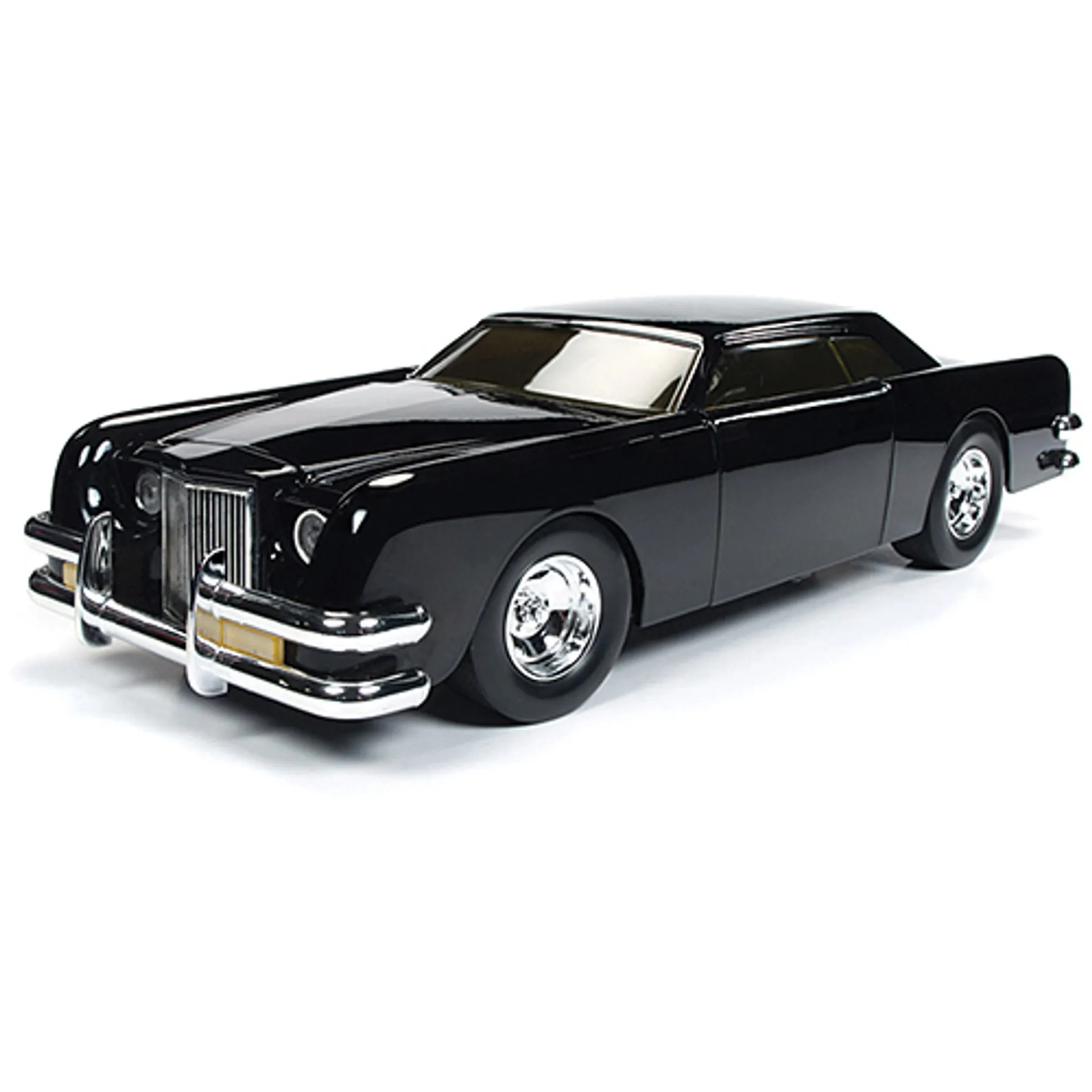Understanding the Diecast Car Market
The world of diecast model cars is a vibrant and diverse marketplace, filled with enthusiasts and collectors. Before you begin selling, it’s essential to grasp the fundamentals of this market. Understanding the various types of diecast cars, the factors that influence their value, and the popular brands will equip you with the knowledge needed to make informed decisions and maximize your profits. This beginner’s guide will provide you with the necessary steps to successfully navigate the diecast car market and begin your selling journey with confidence.
Types of Diecast Cars
Diecast cars come in a wide array of scales, with the most popular being 1:18, 1:24, and 1:43. Each scale offers a different level of detail and caters to various collector preferences. Other scales also exist, such as 1:64 which are often referred to as ‘Hot Wheels’ or ‘Matchbox’ cars. Understanding the scale helps determine the potential audience for your models. Furthermore, diecast cars are categorized by the type of vehicle they represent. These include classic cars, modern sports cars, race cars, trucks, and even construction vehicles. Knowing the specific type of car you are selling is crucial for attracting the right buyers.
Popular Diecast Car Brands
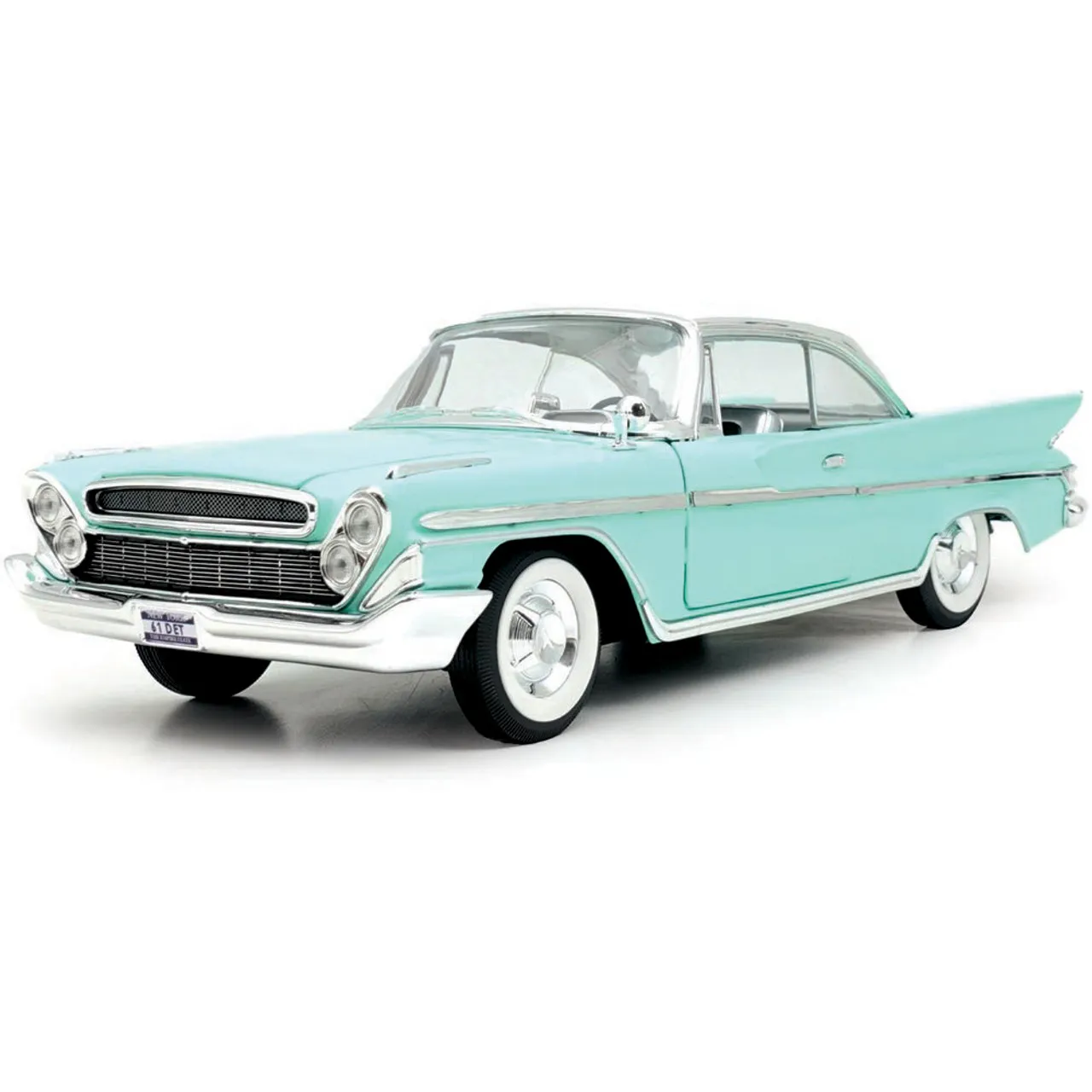
Several brands have built a strong reputation for quality and collectibility within the diecast car community. Some of the most sought-after brands include Hot Wheels, Matchbox, AUTOart, Bburago, Minichamps, and CMC. These brands often command higher prices and are in greater demand due to their meticulous craftsmanship and attention to detail. If you have models from these brands, you’re in a favorable position. Researching the specific brand and model you are selling can provide insights into its value and market demand.
Factors Affecting Value
Several factors significantly influence the value of a diecast car. These factors are essential to consider when determining the price. The brand, model, scale, and rarity all play a role. Limited edition models, those with specific features, or those representing a significant car from history often fetch higher prices. The overall condition of the model, its packaging, and any included accessories also contribute to its value. Scarcity, which includes the number of produced units, adds value, making rare models more desirable to collectors.
Condition of the Model
The condition of the model is paramount. Collectors seek models in pristine condition, often referred to as “mint in box” (MIB). Any imperfections, such as scratches, paint chips, or missing parts, will inevitably decrease the value. Assess the model carefully, and be honest in your description. Describe the condition accurately in your listing, including any flaws. Be sure to examine the box for wear and tear, as the original packaging adds significant value.
Rarity and Collectibility
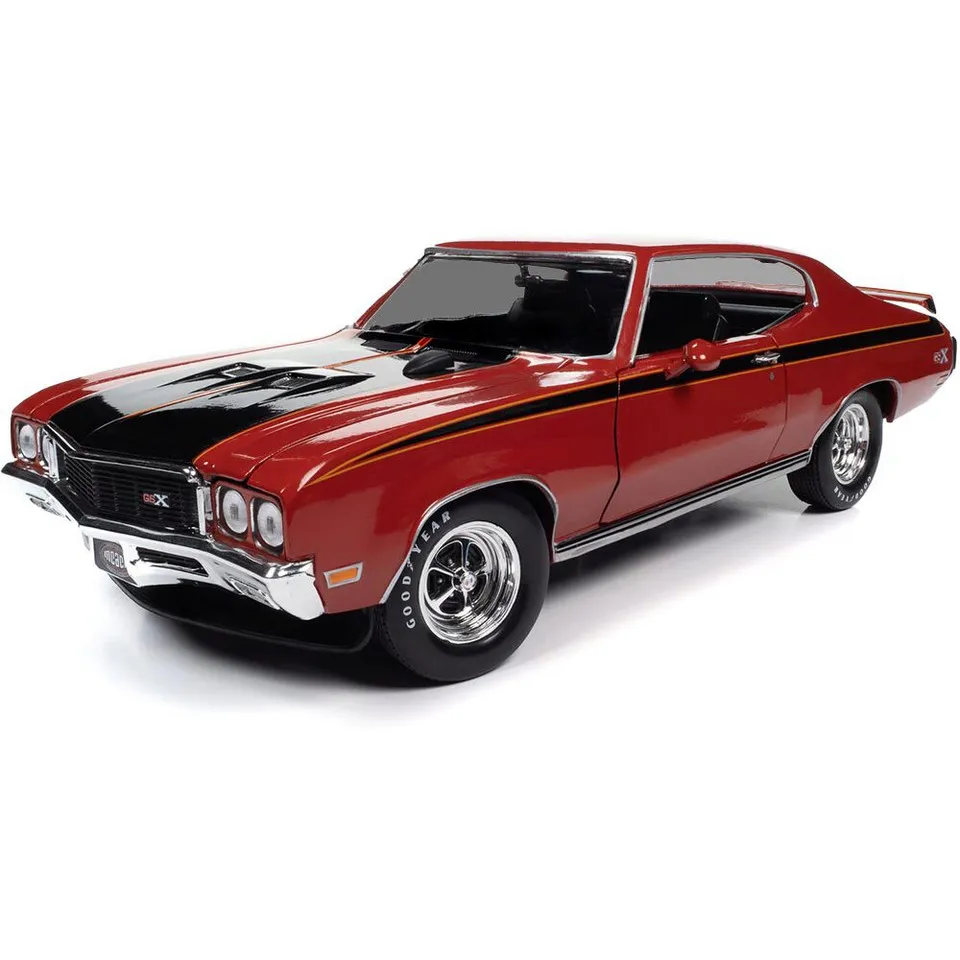
Rarity is a major driver of value. Limited-edition models, those produced in small quantities, or those that are no longer in production are highly sought after. Certain models might have specific features that make them more valuable, such as unique paint jobs, special details, or representation of historical events or famous cars. Researching the model’s production history can help you determine its rarity. Utilize online resources, collector communities, and auction archives to gauge demand for rare models and price them accordingly.
Where to Sell Your Diecast Cars Online
The online world provides various platforms for selling your diecast cars. Each platform has its advantages and disadvantages, depending on your target audience and selling preferences. Choosing the right platform can make a big difference in terms of visibility, reach, and the final sale price. Research the different options to find the best fit for your needs. These options include well-established marketplaces such as eBay, and forums, which cater to diecast car enthusiasts.
Selling on eBay
eBay is one of the most popular platforms for selling diecast cars, thanks to its large user base and established infrastructure. It provides access to a global audience of potential buyers. The bidding and “Buy It Now” features provide flexibility in the selling process. eBay also offers seller protection and payment processing. However, it is essential to be aware of the fees associated with selling on eBay and to create high-quality listings that stand out from the competition. Taking advantage of their promotion tools will help to boost your items visibility.
Creating a Compelling eBay Listing
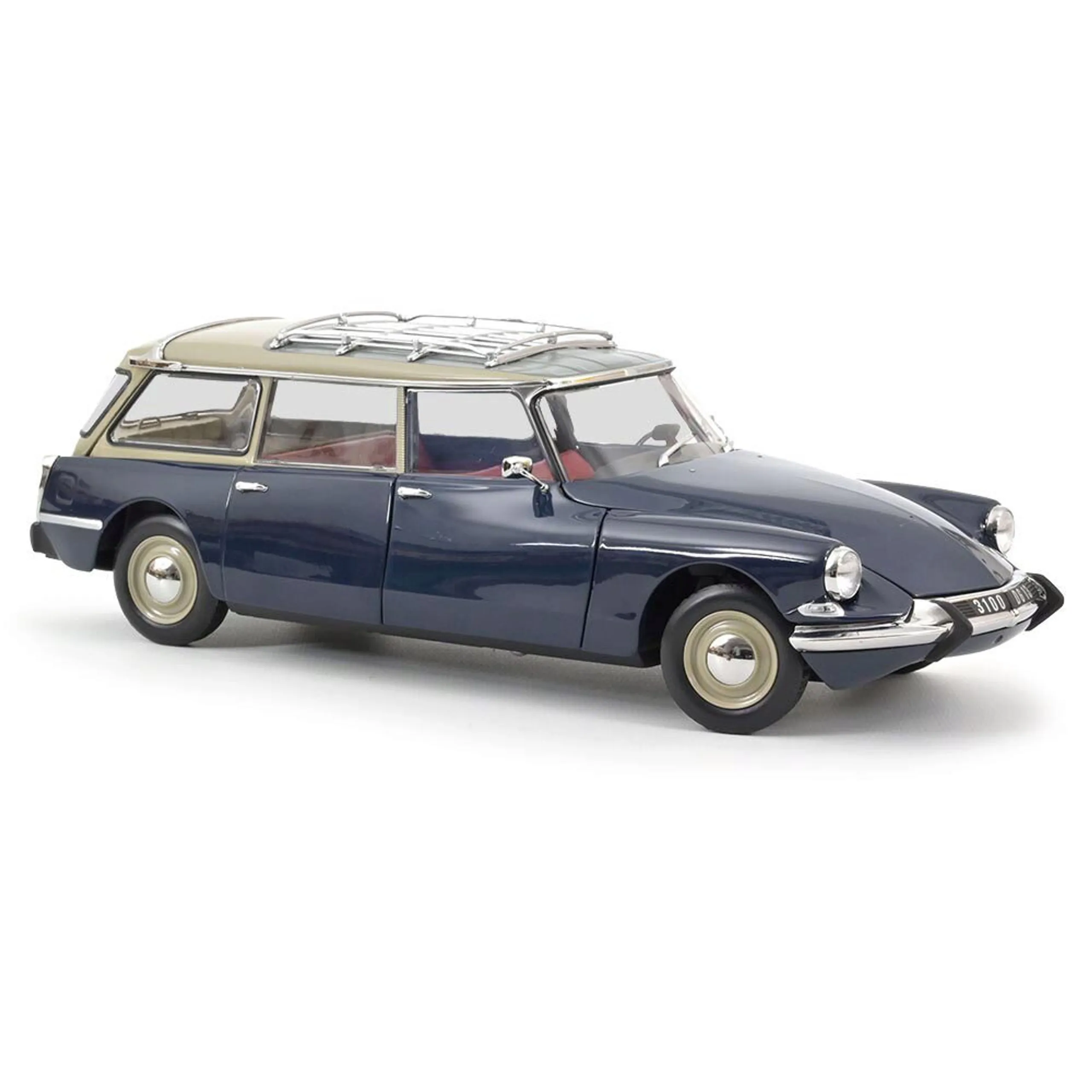
A well-crafted listing is key to attracting buyers on eBay. Start with a clear, concise title that includes the brand, model, and scale. Use high-quality photos from multiple angles. Provide a detailed description, including the model’s condition, any special features, and any imperfections. Be transparent about the model’s history and provenance. Set a competitive price or start the bidding at an attractive point. Use relevant keywords in your title and description to increase your listing’s visibility in search results.
Setting a Competitive Price
Researching the prices of similar models on eBay is vital for setting a competitive price. Check completed listings to see what similar models have sold for in the past. Consider the condition, rarity, and any special features. When listing, decide whether to use a fixed price, an auction format, or a combination of both. Auction formats can generate excitement and potentially higher prices. Fixed prices offer immediate sales, but make sure your price is fair.
Selling on Dedicated Diecast Forums
Diecast car forums provide a specialized marketplace where you can connect with enthusiasts and collectors. These forums have dedicated sections for buying, selling, and trading. These platforms can offer a more targeted audience, which may lead to better prices for rare or collectible models. The forums can foster a sense of community, which can lead to trust and more successful transactions. Popular options include DiecastSociety.com or ModelCars.com. These forums are great for buying and selling, with many collectors trusting the community.
Benefits of Using Forums
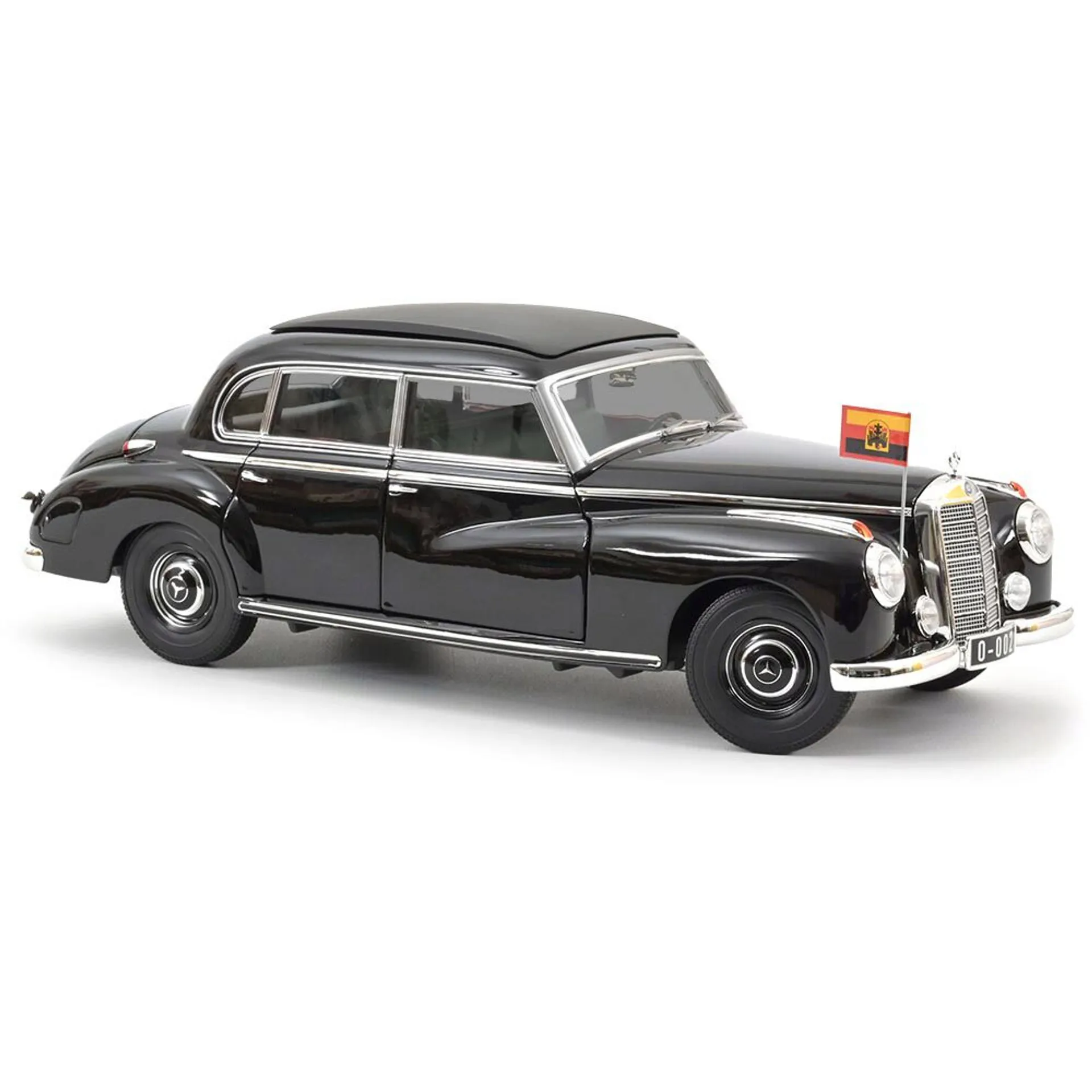
The main benefit of using forums is the opportunity to connect directly with a passionate audience. You can engage with potential buyers, answer their questions, and build trust. The forum community can offer valuable insights into model values and collector preferences. Forums often have fewer fees compared to online marketplaces, which means more money in your pocket. Forums often have more knowledgeable users, allowing you to ask for help when pricing your collection.
Engaging with Potential Buyers
When selling on forums, be active in the community. Respond promptly to inquiries, and provide detailed information about your models. Be honest in your descriptions, and provide clear photos. Show your trustworthiness. Consider offering references from previous transactions. Being responsive and transparent builds trust and helps secure sales. Make sure your price is competitive. Consider the condition of the model, and the number of units available.
Selling on Online Marketplaces
In addition to eBay and dedicated forums, you can also explore online marketplaces such as Facebook Marketplace and Craigslist. These platforms provide an easy way to reach local buyers. They are also suitable if you have many models, as you can create bundles. However, be mindful of the safety precautions associated with these platforms.
Facebook Marketplace and Craigslist
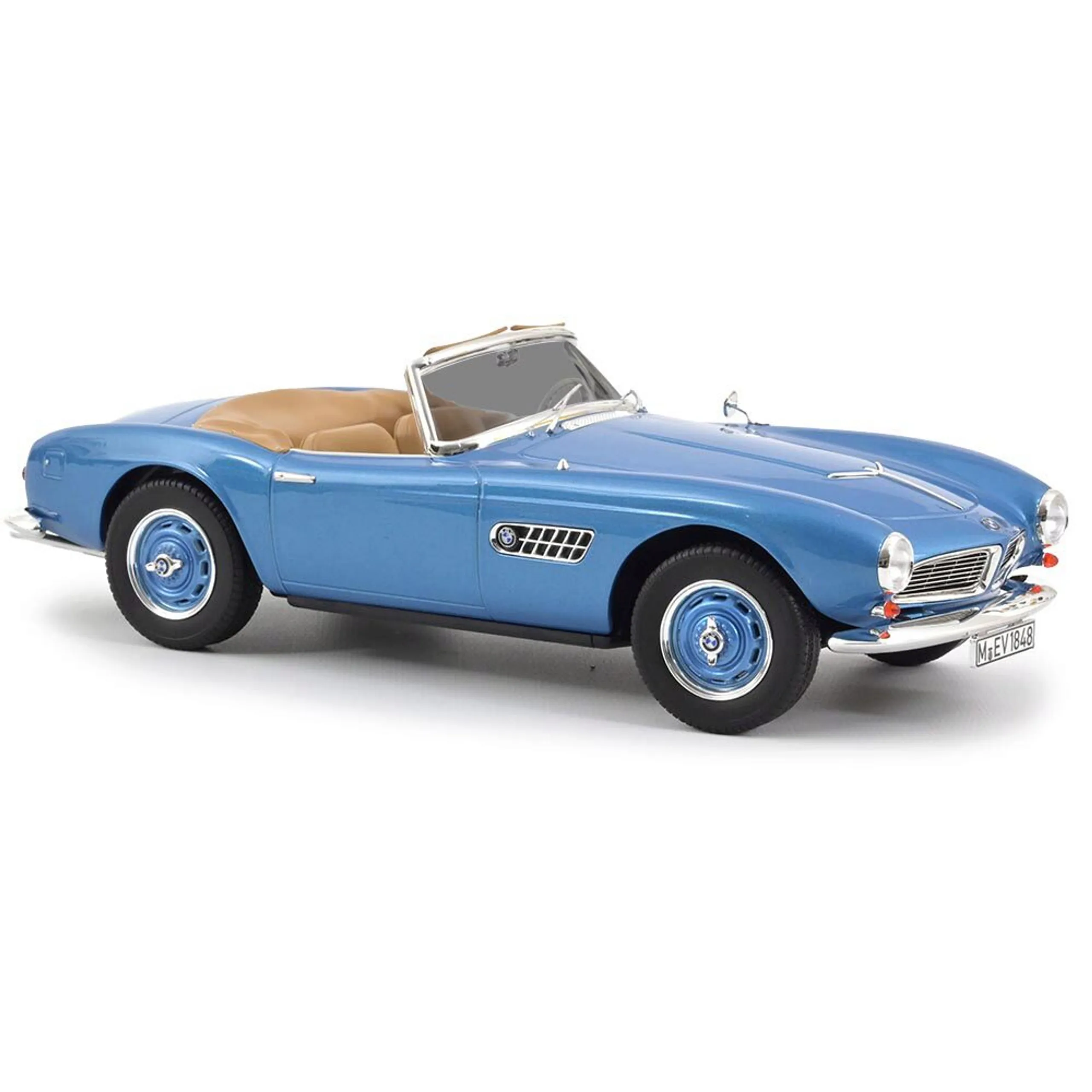
Facebook Marketplace and Craigslist are great for reaching a local audience. They provide a convenient platform for arranging in-person sales. This can save you time and money on shipping. They are best for sellers who want a quick sale. However, be aware that you will have to organize meetings with potential buyers. Always meet in a public place during the day, and never give out personal information. Ensure you have the correct method for payment.
Reaching a Wider Audience
While these platforms are great for local sales, they have a limited reach compared to eBay. To increase your visibility, use clear photos, detailed descriptions, and competitive prices. Be responsive to inquiries and be ready to negotiate. You can also consider using these platforms to generate interest and then direct buyers to your eBay listings. Facebook Marketplace is also great to advertise bundles and lots of models, giving the opportunity for quick sales. Craigslist is also known for offering local buyers.
Preparing Your Diecast Cars for Sale
Proper preparation is crucial for maximizing the value and appeal of your diecast cars. Taking the time to clean, detail, and photograph your models can significantly impact their perceived value. This process involves cleaning, detailing, and taking high-quality photos. This section will guide you through the essential steps to prepare your models for sale, ensuring they make the best possible impression on potential buyers. Prepare your models for sale, and present them in a way that attracts potential buyers. This includes cleaning, detailing, and taking high-quality photos.
Cleaning and Detailing
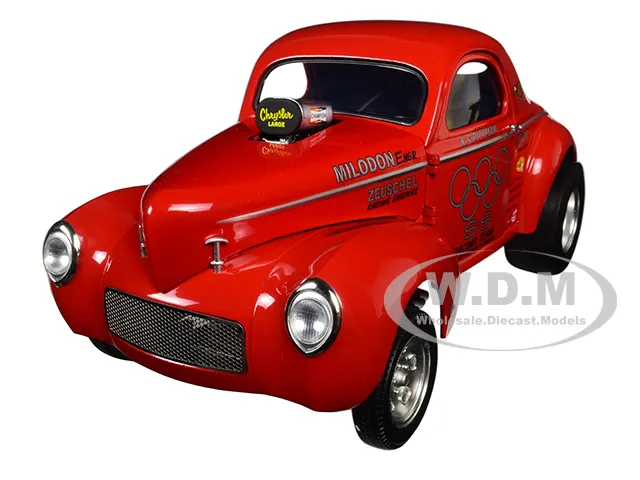
Before listing your models, clean them thoroughly. Use a soft brush and gentle cleaning solutions to remove dust and debris. Be careful to avoid damaging the paint or details. Detailing involves paying attention to small features. Use a magnifying glass and appropriate tools. You can use cotton swabs, toothpicks, and small brushes to clean intricate areas. Remove any loose parts, and make sure the wheels roll smoothly. If you are not experienced, you should not use harsh chemicals. Remember, a clean model looks more attractive and is more likely to sell at a higher price. See image of cleaning diecast cars for reference.
Photographing Your Models
High-quality photos are essential for showcasing your models and attracting buyers. Good photography highlights the features and condition of the model. Poor photos will deter potential buyers. You don’t need professional equipment. A well-lit area and a decent camera (even a smartphone) are enough. Use a clean, uncluttered background, such as a white or neutral surface. Take photos from various angles. Take close-up shots to highlight details and any imperfections. Ensure your photos are in focus and well-lit. See the image for diecast car photography for reference.
Taking High-Quality Photos
Use natural light whenever possible or a soft light source to avoid harsh shadows. Position the model to showcase its best features. Take shots from multiple angles, including the front, back, sides, top, and bottom. Consider taking close-up photos of the wheels, interior, and any unique details. Ensure your photos are in focus and well-lit. Good photos can greatly increase the chances of a sale. Ensure the images are clear and capture the essence of the model.
Highlighting Key Features
In your photos, highlight any special features or details that make the model unique. This includes detailed paint jobs, working parts, or realistic interiors. If the model has any imperfections, photograph them clearly and honestly. Transparently showcasing flaws can build trust with potential buyers. Add details to help buyers understand what the car has to offer. Make sure the quality of the image is up to scratch. Take photos that highlight every detail of the car.
Pricing Your Diecast Cars
Pricing your diecast cars correctly is vital for attracting buyers while maximizing your profits. Proper pricing involves researching market prices, considering the model’s condition and rarity, and understanding the dynamics of negotiation. Proper pricing will help you get the best possible price. Researching, taking into account the condition and rarity of the model, and negotiating will allow you to get a good price for your models. This section will guide you through the essential steps to pricing your models effectively.
Researching Market Prices
Before setting a price, research the current market value of similar models. Check completed listings on eBay. Compare the model’s brand, scale, and condition to those of sold models. Note the prices that similar models have sold for, and use this information as a guide. Use online resources, collector forums, and auction archives to gain additional insights into market trends. Researching market prices will help you set a price that is both attractive to buyers and profitable for you. See image about how to price diecast cars for reference.
Considering Condition and Rarity
The condition of your model plays a significant role in pricing. A mint-in-box model in perfect condition commands a higher price than one with imperfections. Rarity also impacts the price. Limited-edition models or those from specific brands or eras may fetch a premium. Adjust your pricing to reflect the model’s condition and rarity. A rare model in mint condition is likely to be priced higher than a common model in average condition. Make an informed decision about the price.
Negotiating with Buyers
Negotiating is a common part of selling diecast cars. Be prepared to respond to offers and to discuss your model’s price. Keep in mind that buyers may try to negotiate the price down. Set your initial price slightly higher than the minimum you are willing to accept to give yourself room for negotiation. When responding to offers, be polite and professional. Consider any factors that affect the model’s value. Stand firm on your price if it is a rare or desirable model. Be ready to make a counteroffer. If you can make a deal, then sell. Be prepared to walk away from a sale if the offer is too low. Remember, you want to find a fair price.
Responding to Offers
When you receive an offer, evaluate it carefully. Consider the offer in relation to the model’s condition, rarity, and market value. If the offer is close to your asking price, it might be worth accepting. If the offer is too low, you can respond with a counteroffer. Be polite and professional in your response. Explain why your asking price is fair. Highlight the model’s unique features and condition. Try to meet the buyer in the middle. Be clear about the price you are willing to accept. Try to come to an agreement with the potential buyer.
Handling Shipping and Payments
Once you have a buyer, you need to handle the shipping and payment. This involves packaging your models securely, choosing a shipping method, and accepting payments safely. Taking the time to properly handle these aspects ensures a smooth transaction and builds trust with your buyers. Follow these steps to ensure your sale is successful and protects both you and the buyer. These steps will guide you in the correct procedure. You must ensure you are protected and make sure the item is delivered safely. This is a key part of completing the sale.
Packaging Your Models Securely
Proper packaging is essential to protect your diecast cars during shipping. Choose a sturdy box that is slightly larger than the model. Use packing materials, such as bubble wrap, packing peanuts, or foam, to cushion the model and prevent it from moving around. Wrap the model in bubble wrap. Fill any empty space in the box with packing material. Seal the box securely with strong packing tape. Clearly label the box with the shipping address, your return address, and any fragile handling instructions. Take care to protect the model from damage. If you send a damaged model, the buyer can ask for a refund.
Choosing a Shipping Method
Select a reliable shipping method that offers tracking and insurance. Consider using the services of well-known shipping companies, such as USPS, UPS, or FedEx. Compare shipping rates and delivery times. Offer a few shipping options to your buyers. This allows them to choose the method that best suits their needs and budget. Include insurance to protect yourself against loss or damage during transit. Keep a record of the tracking number. Communicate with the buyer throughout the shipping process. Make sure the buyer receives the model.
Accepting Payments Safely
Accept payments through secure and reliable payment platforms. PayPal is a popular option, and eBay typically manages payments through its own system. Be cautious of accepting payments via other methods. Ensure that the payment is fully processed before shipping the model. This protects you from scams. Keep records of all transactions, including payment confirmations, shipping details, and communication with the buyer. Always be on the lookout for fraudulent activity. Protect your financial and personal information. Secure all transactions with a payment platform.
Avoiding Scams
Be vigilant against scams. Be wary of buyers who offer to pay more than your asking price. They might ask you to send the difference back, which is a common scam. Never send a model before you receive payment. Be cautious of buyers who ask to pay outside of the platform. Use secure payment methods. If a buyer asks for sensitive information, then they might be trying to scam you. If anything feels suspicious, then it is best to avoid the transaction. Report any suspicious activity to the platform. If you follow these steps, you should avoid being scammed.
After the Sale
After the sale is complete, providing excellent customer service is the key to building a good reputation. This includes prompt shipping, clear communication, and a willingness to address any issues. After the sale, make sure you follow up with the buyer and make sure they are happy. This section focuses on key elements that can build trust and goodwill. This will help to get good reviews and further sales. This section contains ways to make sure you build and maintain a good reputation.
Providing Excellent Customer Service
Excellent customer service is key to building a good reputation. Ship the model promptly. Communicate with the buyer throughout the shipping process. Respond to inquiries promptly and professionally. Be helpful and friendly. If there are any issues, address them quickly and fairly. Resolve any problems to ensure the buyer is satisfied. Ask for feedback from your buyers. This provides insights to help you improve your sales. Provide the customer with excellent service, and it will help with your future sales.
Dealing with Returns
Be prepared to handle returns. Clearly state your return policy in your listings. Be fair and reasonable when dealing with return requests. If the model arrives damaged, work with the buyer to find a solution. Consider offering a partial refund. If the buyer is not happy, offer a return. Make sure the product is returned in its original condition. If the issue is not the buyer’s fault, pay for the return shipping. Handle returns promptly and professionally. Provide clear instructions. If a return is not valid, then let the buyer know. Deal with returns in a timely manner, and it will increase your chances of a positive outcome.
